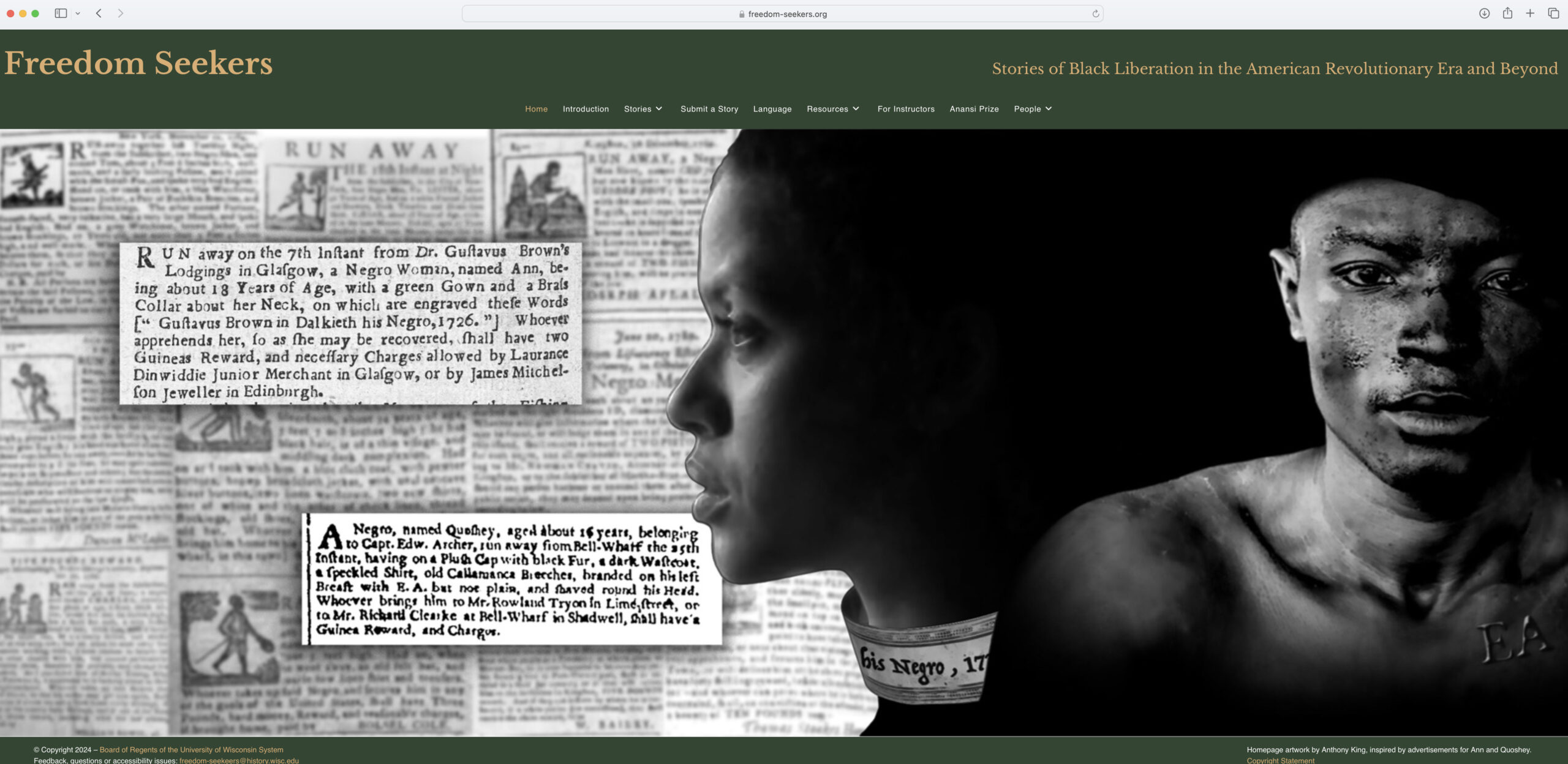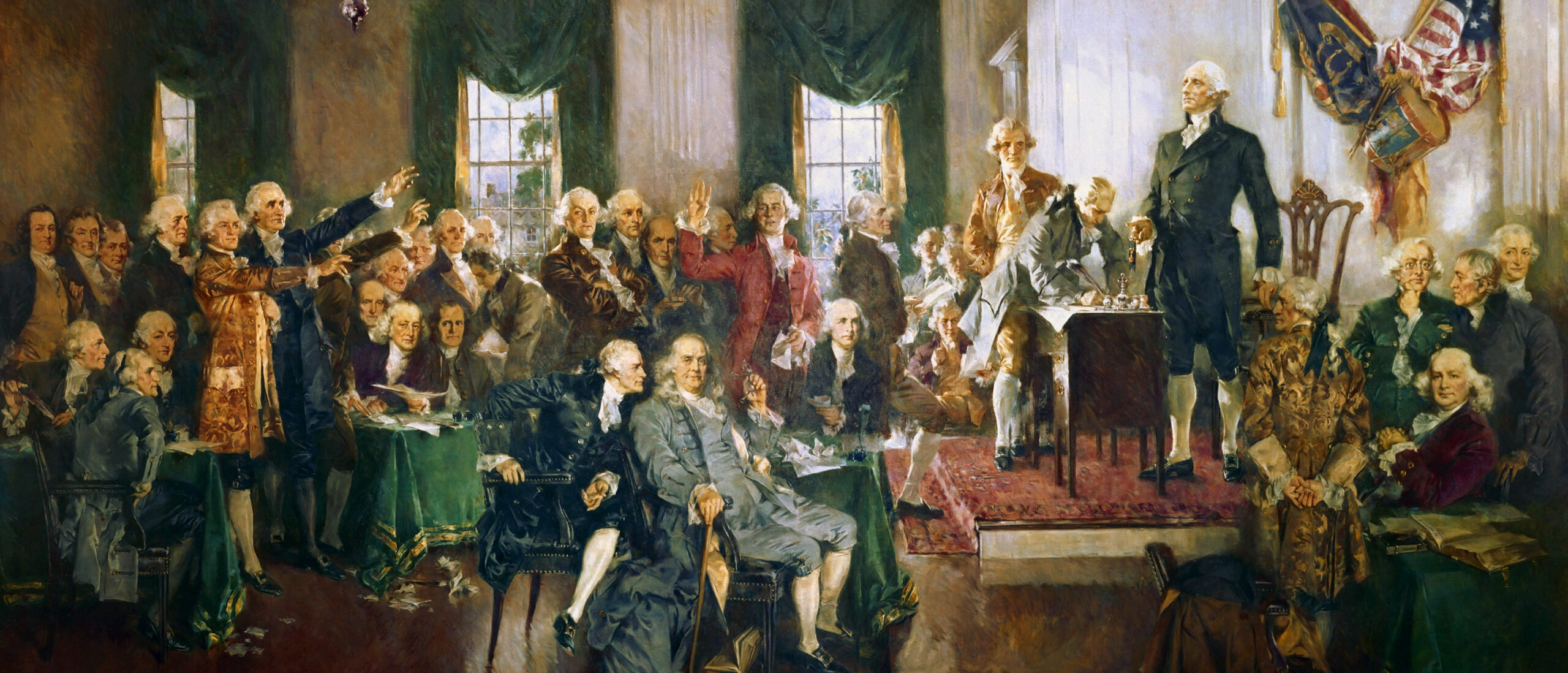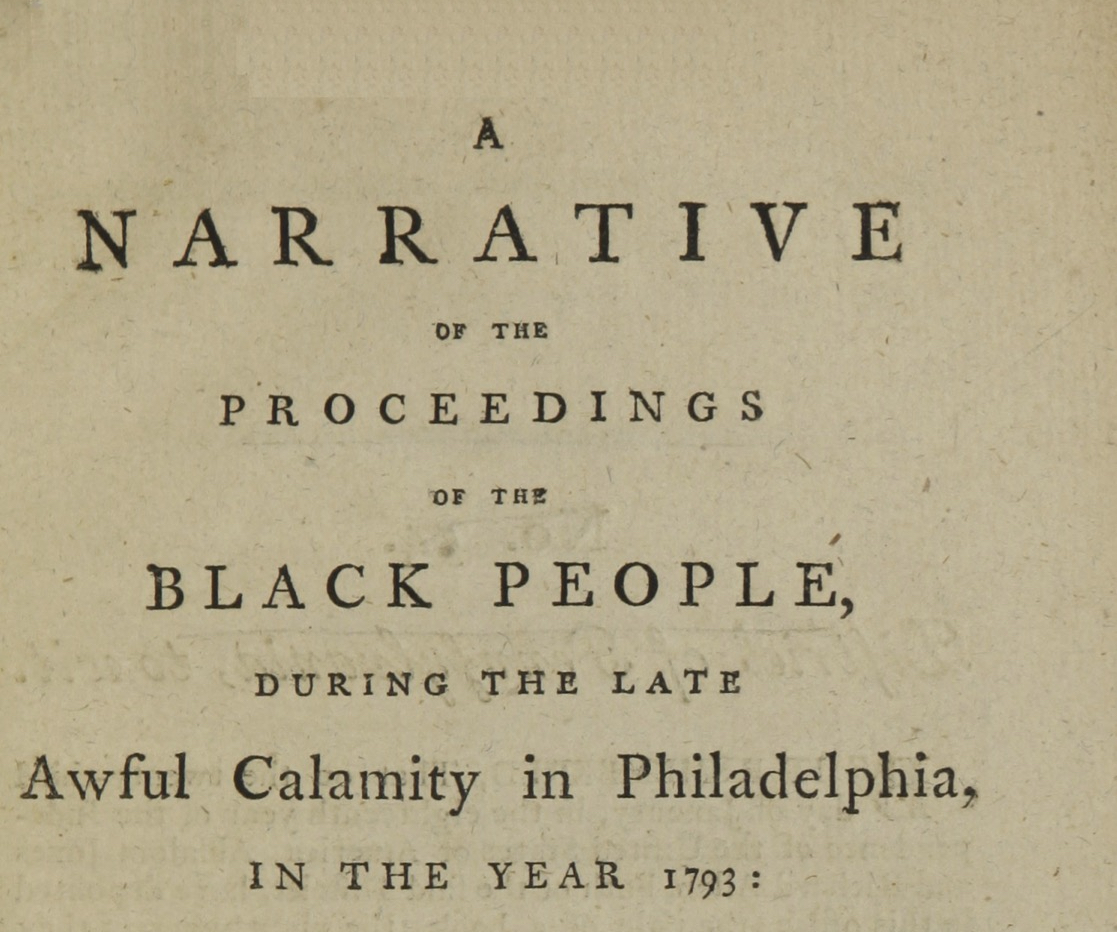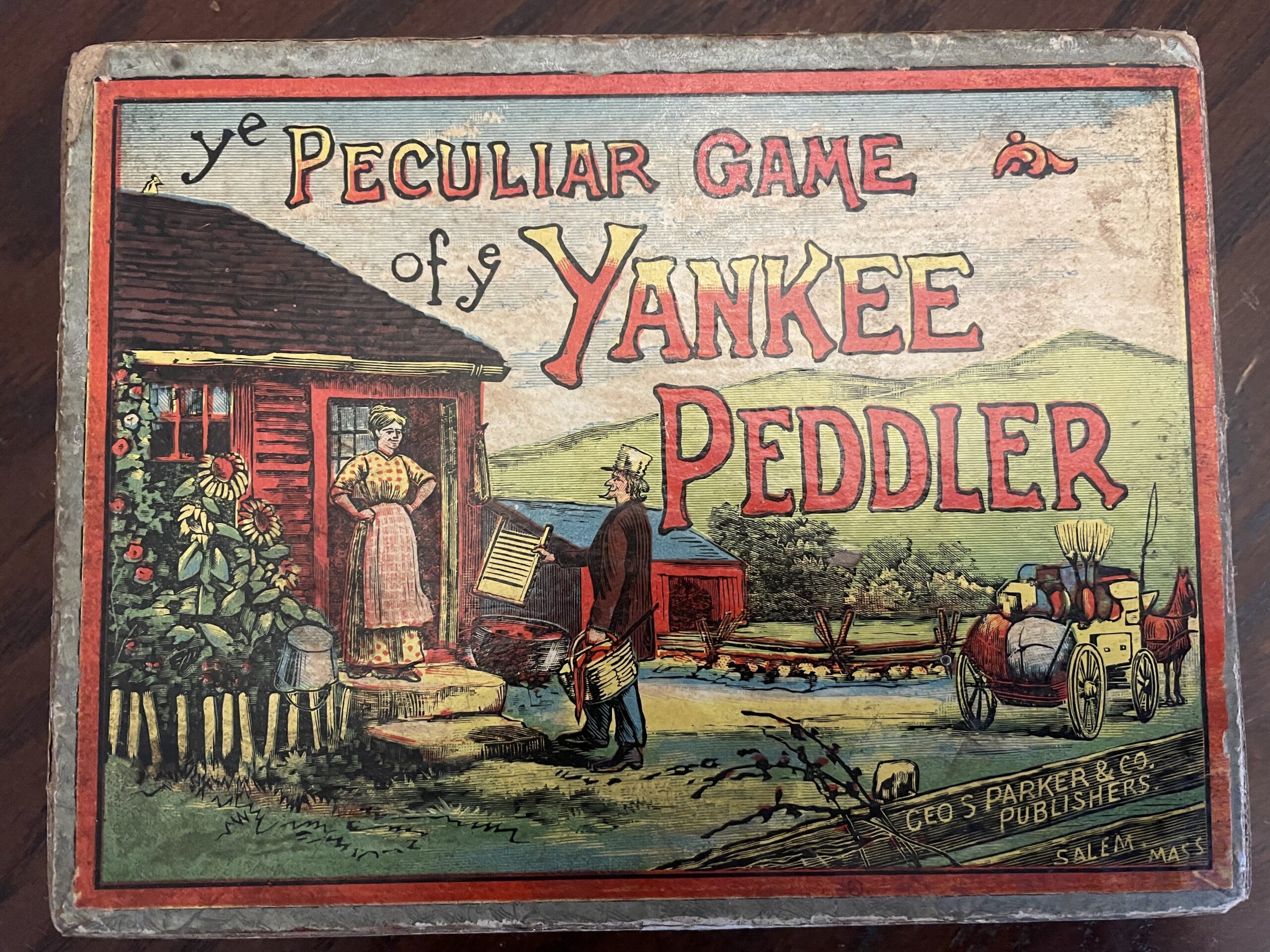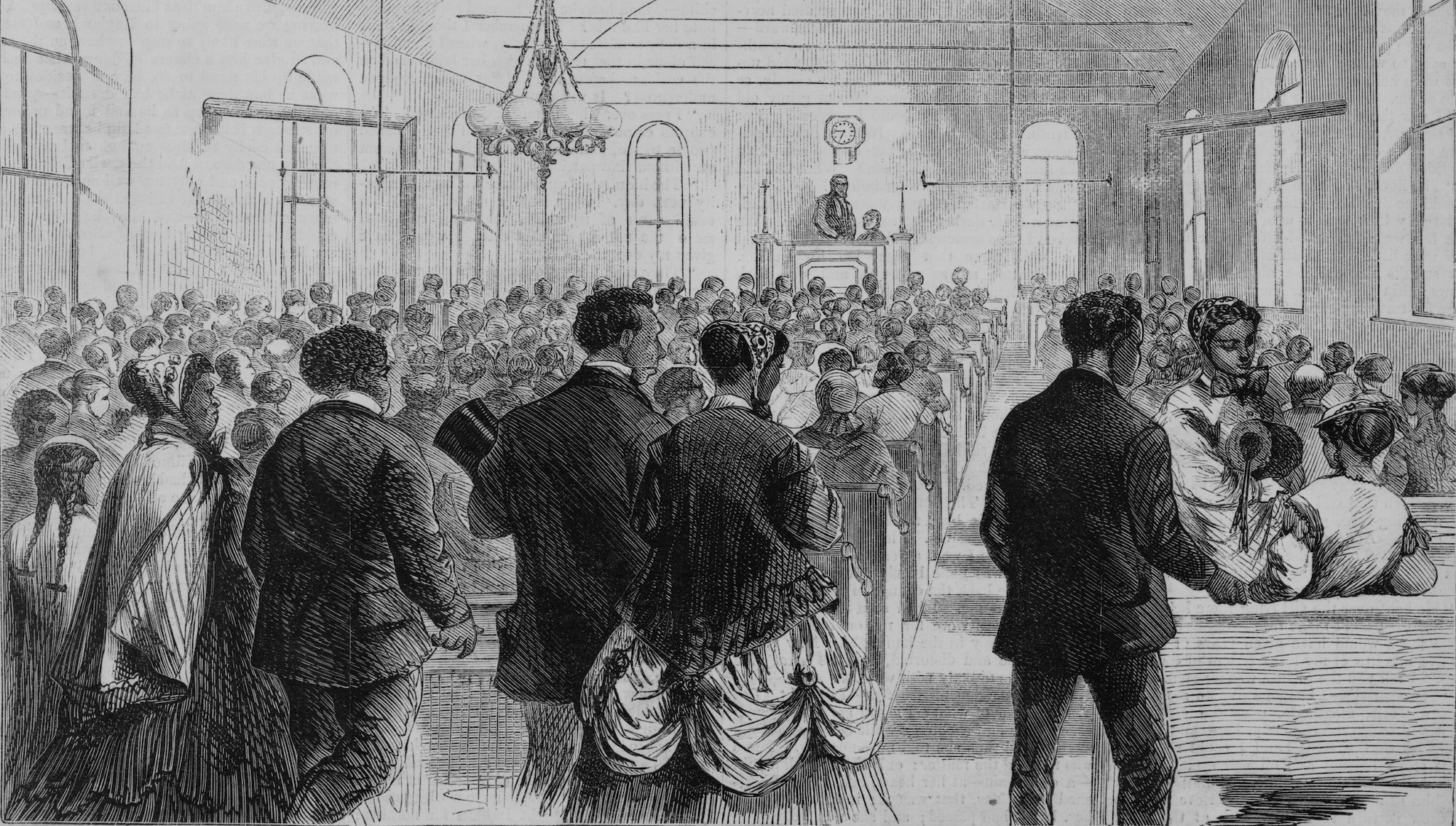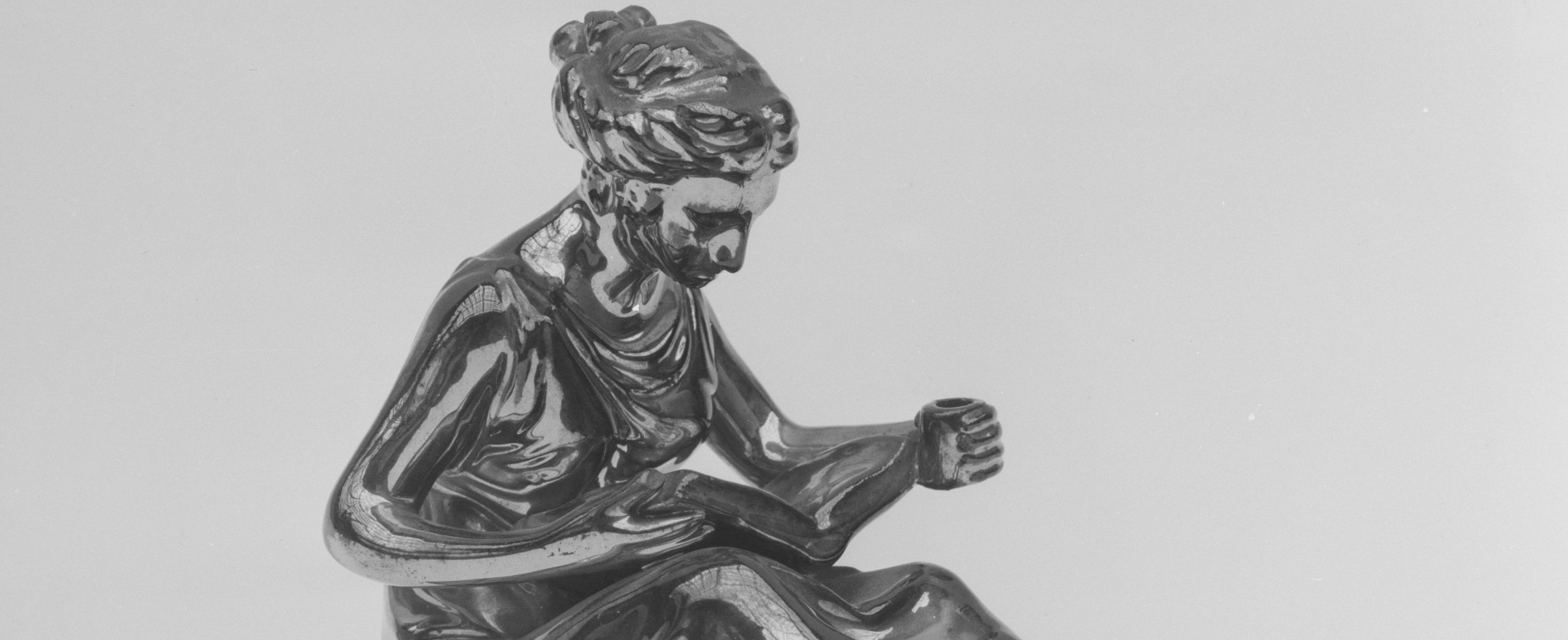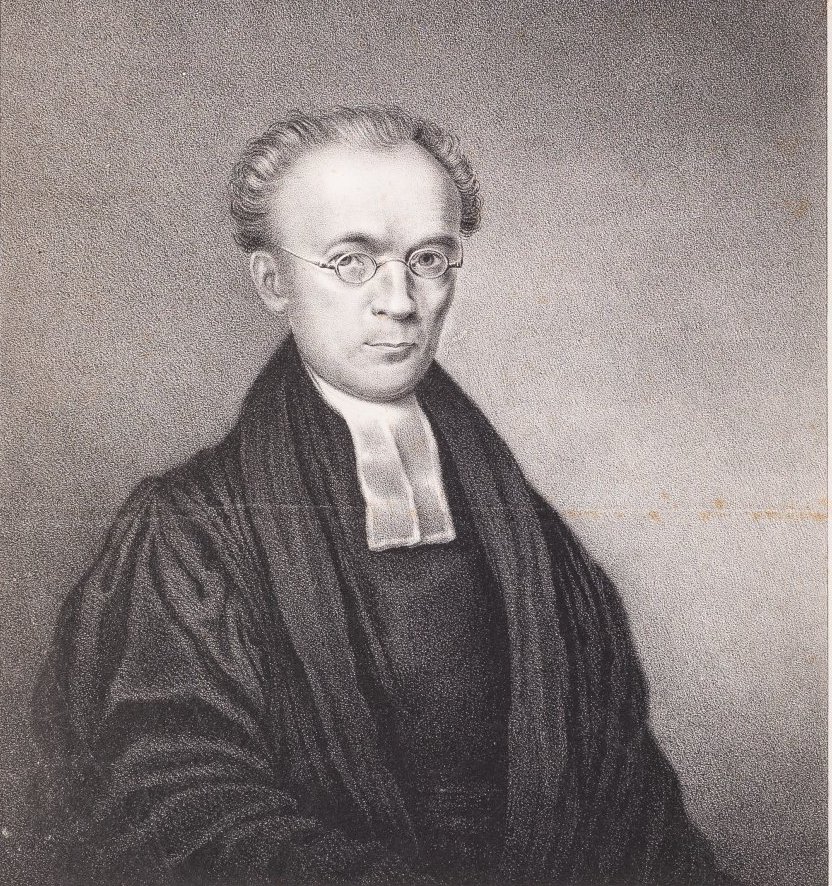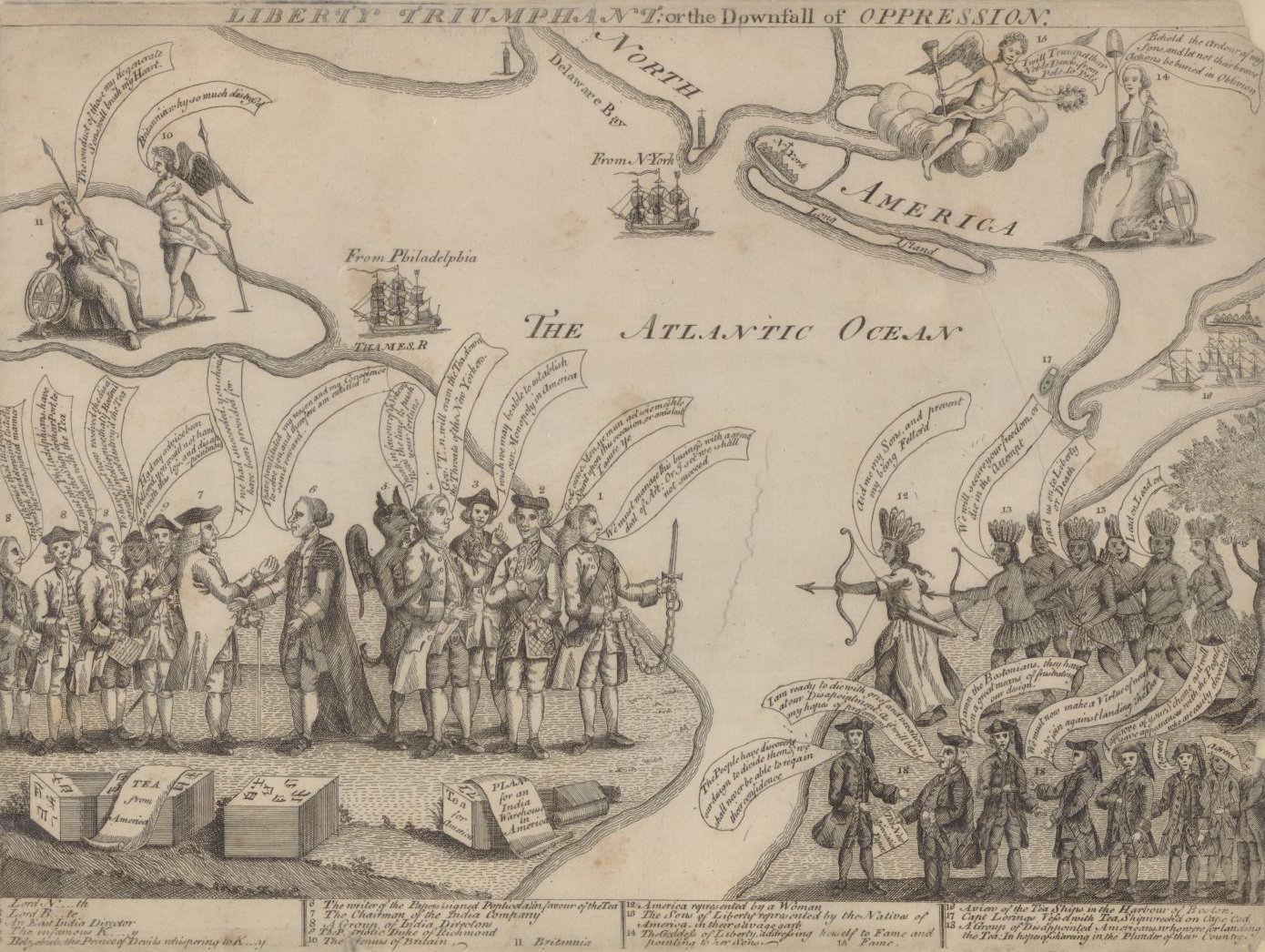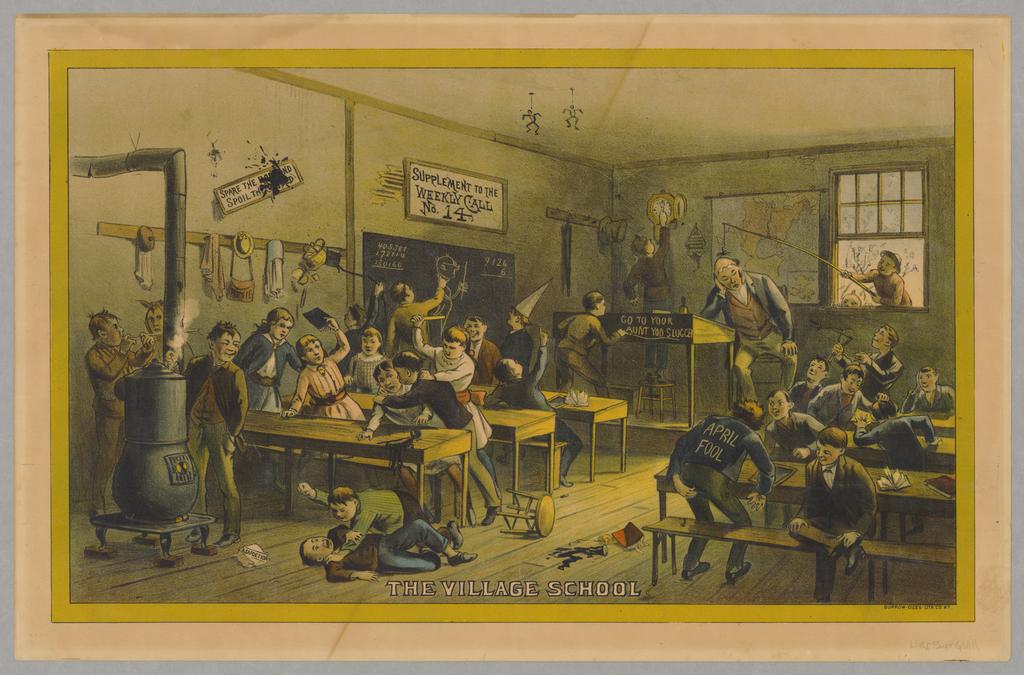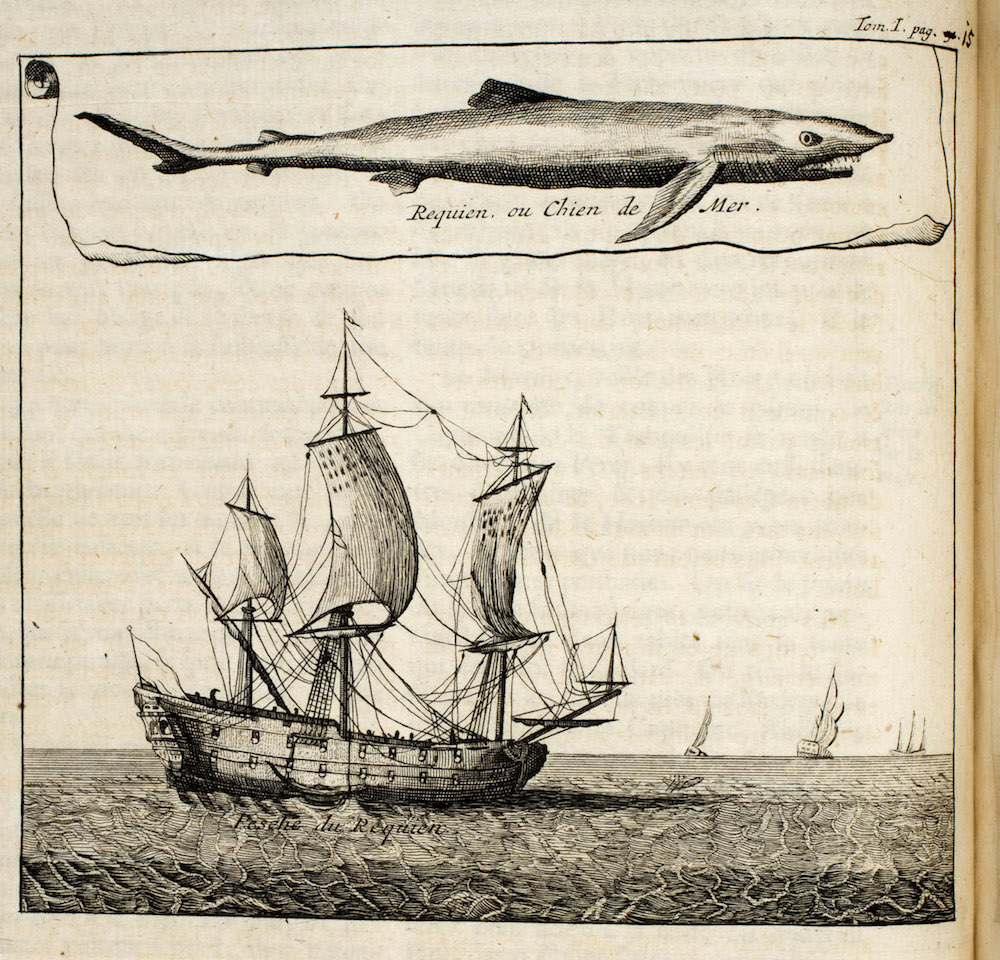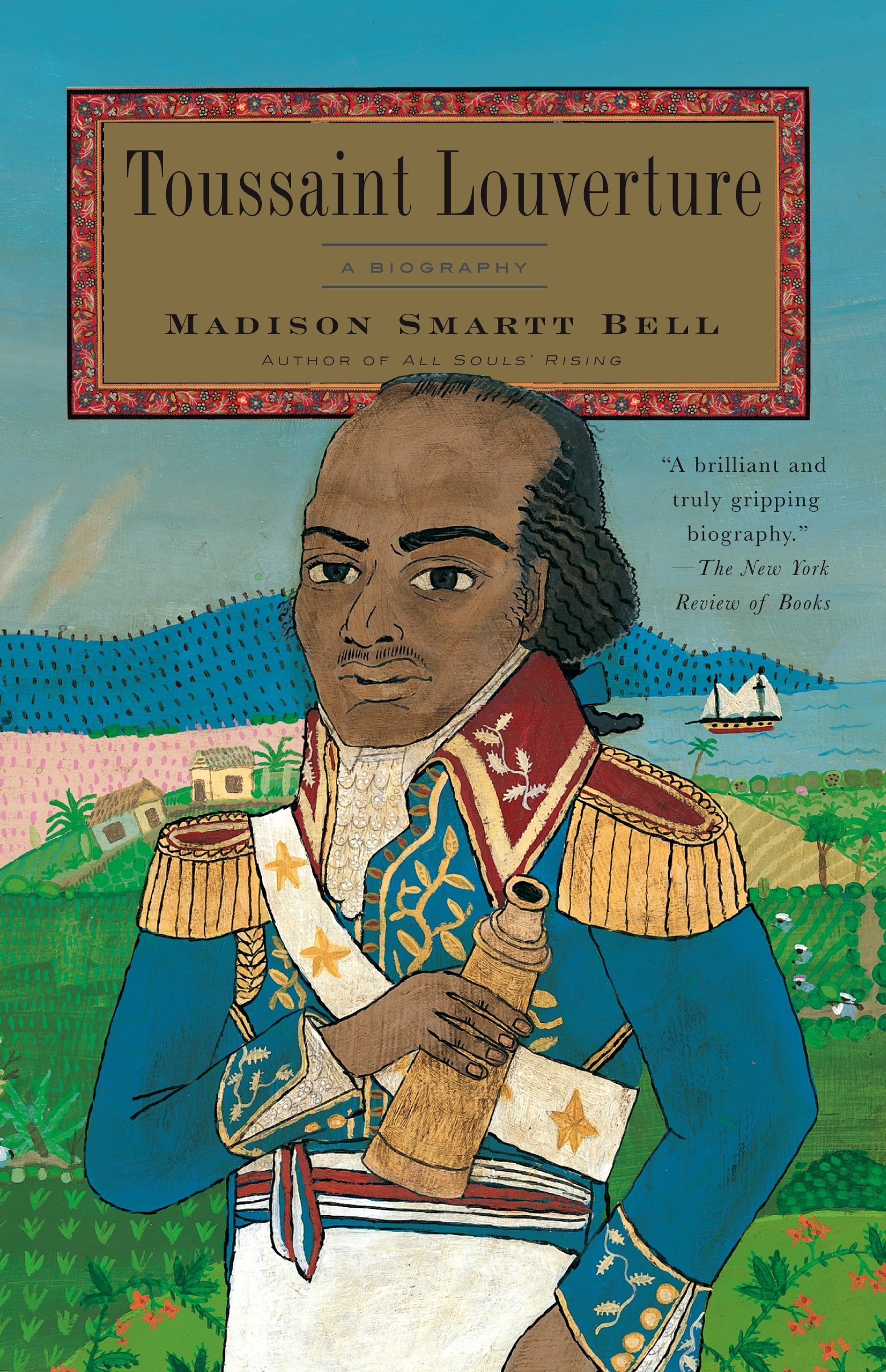Scholars researching the life and career of Frances Harper have long lamented the loss of her early volume of poetry, Forest Leaves. With Johanna Ortner’s recent discovery at the Maryland Historical Society, we can now celebrate the book’s return to life. Discovery, however, is one thing, interpretation another. What should we as scholars do with this rediscovered volume? Where to begin?

Infected by Ortner’s archival fever, I decided to follow up on a reference to Harper’s early life in the papers of Daniel P. Murray, an early twentieth-century African American bibliographer who had amassed a manuscript collection with the (unrealized) goal of writing a Historical and Biographical Encyclopedia of the Colored Race. What I found was a brief sketch based on correspondence between Murray and Harper late in her life that adds a few details to Ortner’s findings. I had hoped Murray’s comments would allow me to grow closer to this formidable nineteenth-century figure about whose public career we know so much, but private life so little. I came across a few—but only a few—clues, and so returned to the poems. Rereading them led me to imagine at least three different approaches that might give us greater insight into Harper’s world.
Publication
Although he provides no evidence whatsoever, Murray states twice and without equivocation that Forest Leaves was published in 1852. How could that be? Critical tradition has assumed that the volume was published in 1845; Ortner’s research pushed the date forward to the late 1840s, after Harper’s printer James Young had moved to his new Baltimore location but before Harper had left for Ohio in 1851. I wondered whether someone else had taken on the task of seeing Forest Leaves through to publication.
In his sketch, Murray mentions that after leaving her uncle’s school—the Watkins Academy—around age fourteen, Harper went to work in the home of a bookstore owner, Mr. Armstrong, who was so impressed with her “unquenchable thirst for knowledge” that he gave her “free access to the family library where she gathered a fund of information.” In 1852, Armstrong’s bookstore was located at the corner of Baltimore and Calvert Streets, a mere couple of blocks away from Young’s print shop at Baltimore and Holliday. Might Armstrong have chosen to be Harper’s intermediary? Might we then see the actions of these two men as a hidden “authenticating preface” that tells a very different story from that of more conventional white-authored ones, such as William Lloyd Garrison’s preface that inaugurates Harper’s Poems on Miscellaneous Subjects?
Forest Leaves and the World of Private Emotions
Thinking about this later volume—separated from the first, if we are to believe Murray, by a mere two years—led me to speculate about Harper’s early title and whether it might provide a window into the poems. Forest Leaves is strikingly different from the titles that grace Harper’s later collections. Those are either purely descriptive to the point of being bland—Poems on Miscellaneous Subjects or simply Poems, for example—or refer to historical figures or objective situations—Moses: A Story of the Nile, Sketches of Southern Life, etc. It’s only toward the end of her literary career in the mid-1890s that Harper indulged in somewhat more evocative titles—The Sparrow’s Fall and Other Poems, Atlanta Offering: Poems.
What to make of Harper’s early title? Leaves was a popular word in titles of collections of short pieces—poems, sketches, short stories—ranging from Coleridge’s early Sibylline Leaves (1817) through to later American writers—for example, Whitman’s Leaves of Grass, Grace Greenwood’s Greenwood Leaves, Lydia Sigourney’s Olive Leaves, and Fanny Fern’s Fern Leaves, all published between 1850 and 1854. A long literary tradition links leaves to writing. In the classical era, the Latin word for leaf was folium. Its ablative form, folio, came to refer to the surface on which poets wrote since it was said that they originally penned their verses on the leaves of beech or palm trees. In the Renaissance, folio signified a sheet of written or printed text, and by extension the manuscript or book itself.
In the nineteenth century, leaves accrued increasingly romantic and sentimental connotations. Rejecting any semblance of the artificial, the constructed, the contrived, poets invoked leaves to associate their writing with the natural and the organic. Leaves suggest growth, blossoming, flourishing. But they also intimate a sense of fragility and delicacy and, beyond that, of transience, fading away, dying, death. Like poetry finally, leaves may also evoke sound—the rustling of leaves or the song of birds sitting on branches.
Could an approach to the collection through its title allow me entrance to the private emotional world of Harper’s early life? Do the poems offer any clues?
Murray’s sketch suggested more. Noting that composition was a daily requirement of the Watkins Academy curriculum, he remarked that “in this work Frances excelled and was regarded as the brightest pupil in her composition work.” He then wrote the following: “To acquire proficiency and stimulate her imagination she would visit the woods, listen to the birds and gather the leaves in Autumn when the golden gleam of the Sun tinted by the hoary frost of winter makes their gathering an unalloyed pleasure.” Switching to direct quotation, he continued: “Said Mrs. Watkins in a letter to the writer touching this period of her life, ‘it came as natural to me to attempt to express my thoughts in verse, as natural perhaps, as it is for the trees to blossom in Spring; the birds to sing in Summer, or the fruits to mature in Autumn.’”
These early poems, Harper intimated, were simply the natural and spontaneous expression of her thoughts. Nature—specifically the woods—was her muse. Harper’s gathering of fallen leaves in autumn may thus be seen as a metaphor for the composing and gathering of poems into one volume. It might also account for the title Autumn Leaves that biographers such as Hallie Q. Brown mistakenly gave to the collection. The gathering of fallen leaves thus becomes yet a second metaphor that gestures towards the autumnal quality hovering over the collection; its poems are suffused with sentimental expressions of suffering, despair, and death, mitigated only by a deep-seated Christian faith and belief in God’s redeeming power.
Could an approach to the collection through its title allow me entrance to the private emotional world of Harper’s early life? Do the poems offer any clues? According to William Still, Harper was haunted by the early death of her mother and her loneliness as an orphan: “Have I yearned for a mother’s love? The grave was my robber. Before three years had scattered their blight around my path, death had won my mother from me. Would the strong arm of a brother have been welcome? I was my mother’s only child.” Hence, we could read the biblically inspired poem “Ruth and Naomi” as a reference to Harper’s own grief over the loss of her mother: as Naomi begs her daughters to leave her and flee, Ruth insists that she will never abandon the aging woman. In another poem, “The Dying Christian,” the suffering woman who longs to go “home” might again suggest Harper’s dying mother.
In contrast to “Ruth and Naomi” in which mother and daughter figure as third-person characters in a story, the “I” of the “Dying Christian” is surrounded by the “we” of loved ones. Singular and plural first persons inhabit many other poems as well, leading readers to wonder whether we can identify Harper with the “I” and interpret the feelings of loss, despair, and death invoked in them as hers. “That Blessed Hope,” “Yearnings for Home,” “I Thirst,” and “The Presentiment” address the different ways in which the “I” confronts death: with fortitude, with longing, with resignation. Still other poems, “Farewell, my Heart is Beating” and “Let me Love Thee,” seem to intimate romantic love; this love, however, is not fulfilling but to the contrary, fearful of inconstancy, deception, loss.
The trope of dreams—equally sad and despairing—structures several of the poems. In “Let me Love Thee” and “I Thirst,” the speaking “I” evokes the evanescence of past events in her life through the metaphor of mournful dreams. Somewhat differently, “A Felon’s Dream” and “A Dream” narrate the dreams of the poems’ protagonists. In the former, it is the illusory dream of happiness of an imprisoned criminal abandoned by his once-loving family. In the latter, the dream is the “I”’s nightmarish vision of the terrors of Judgment Day. Two other poems, “He Knoweth not that the Dead are There” and “A Dialogue,” suggest that God visits his wrath most especially on those who commit the sin of worldliness, indulging in wanton pleasure, sexual seduction, intemperance, and greed.
Forest Leaves and the World of Books
Despite the “I”’s outpouring of autumnal emotions, however, the poems only hint at the travails that might have plagued Harper’s early life, refusing to yield any specific details. They are at once private and impersonal. Finding myself at an impasse, I decided to try a second approach, one that would situate Harper in a broader literary field and examine her prosody in relation to contemporary poets. Indeed, although Harper claimed that her inspiration came from nature, her chosen themes and language suggest that she might have been familiar with the conventions of early nineteenth-century women’s poetry. Indeed, it’s quite possible that Harper’s English curriculum at her uncle’s academy or the many books in Mr. Armstrong’s library gave her access to the work of contemporaneous women poets. If so, Harper might well have sought her poetic voice through imitation of poets such as the British Elizabeth Barrett Browning, or Americans Lydia Sigourney, Elizabeth Oakes Smith, and Frances Sargent Locke Osgood.
Two poets in particular—Browning and Sigourney—might well have served as Harper’s guides throughout her poetic career. Themes of grief, despair, suffering, death, and Christian faith suffuse their verse. Browning’s poem “Grief” suggests that hopeless grief is as passionless as death. Sigourney’s “The Volunteer” is a narrative of despair that bears resemblance to “The Felon’s Dream”; it tells the story of a volunteer who, despite the pleas of loving family members, goes off to war only to return a broken man to a home emptied by death. In many of Sigourney’s other poems, for example “Not Dead, but Sleepeth,” Christian faith alleviates the sting of death. Similar poems, among them “Consolation,” abound in Browning’s juvenilia. As in Forest Leaves, several of the British writer’s poems are also cast as dreams; in “The Dream: A Fragment,” the “I” goes back in time and sees once-illustrious historical personages—famed for their beauty, worldliness, and power—now dead.
Forest Leaves as Poetic Beginnings
In her letter to Murray, Harper singled out the poem “Ethiopia” to support her contention that if she had accomplished anything of literary or intellectual merit, “it was because of the power within me, born of the surrounding circumstances which fettered my race and called forth my religious impression.” One wonders what Harper thought of the other poems in her volume. To probe this question, we could attempt a third approach to Forest Leaves, which would be to trace the fortunes of its poems and, more broadly, the evolution of Harper’s long poetic career.
Of the twenty poems that make up Forest Leaves, Harper reprinted eight in later volumes (according to Ornter, two others, “The Soul” and “A Dialogue,” were published in newspapers). Only three of these poems fall into the category of private, impersonal poems—“That Blessed Hope,” “I Thirst,” “The Dying Christian”—while the rest are objective: two poems—“Ruth and Naomi” and “For She said If I May but Touch of his Clothes I Shall be Whole”—retell biblical stories while the other five address historical topics, slavery in “Ethiopia” and “Bible Defence of Slavery,” the sin of worldliness in “He Knoweth Not that the Dead are There” (as well as in “The Soul” and “A Dialogue”). By discarding the other poems, it seems that Harper was still searching for a distinctive poetic voice that would eventually emerge in her later collections.
Harper’s choice of titles for the volumes in which the eight Forest Leaves poems later appear are, as I noted earlier, remarkable for their very blandness. Paradoxically, this very banality might well indicate her growing self-assurance, evidenced by her refusal to indulge in the autumnal emotions of Leaves, her shift to increasingly radical political subject matter, and perhaps even a canny move to hide the boldness of her politics from the unsuspecting reader.
Indeed, although biblical musings and narratives continue to infuse Harper’s later volumes, private verse gradually gives way to poems about slavery, intemperance, the plight of women, emancipation, Reconstruction, and post-Reconstruction. In this shift, Harper might have followed the example of African American poet Sarah Louisa Forten, who composed such abolitionist poems as “The Grave of the Slave,” “Prayer,” “The Slave,” and “An Appeal to Women.” But she might also have continued to draw inspiration from Browning and Sigourney, both of whom were well-known for their political poems: Sigourney for “The Suttee,” “The Cherokee Mother,” and “Indian Names,” and Browning for “The Runaway Slave at Pilgrim’s Point” and “Hiram Power’s ‘Greek Slave.’”
Still Searching
A nagging curiosity, however, led me back to Forest Leaves still seeking clues to the private Harper. I reread two republished poems in which Harper made additions to the later versions. “He Knoweth Not that the Dead are There” appeared in Harper’s 1854 volume as “The Revel,” with an added verse that makes specific reference to the “wine cup.” Given Harper’s repeated references to intemperance in other poems of the 1850s as well as in her short story “The Two Offers,” I wondered: was intemperance—perhaps that of a lover—the hidden source of grief and despair in her early life, so raw that she could not directly address it at the time? Does the addition of a second, accepting voice to the 1872 version of “I Thirst” signal a final coming to terms? “Within, in thee is the living fount,/ Fed from the springs above;/ There quench thy thirst till thou shalt bathe/ In God’s own sea of love.”
Maybe one day the archives will tell us.
Further Reading:
Melba Joyce Boyd, Discarded Legacy: Politics and Poetics in the Life of Frances E. W. Harper, 1825-1911 (Detroit, 1994).
Hallie Q.Brown, “Frances Ellen Watkins Harper.” In Homespun Heroines and Other Women of Distinction (1926, reprint, New York, 1988).
Daniel P. Murray Papers, “Frances Ellen Watkins Harper.” Microfilm, reel 5. Moorland-Spingarn Center, Howard University.
William Still, The Underground Railroad (Philadelphia, 1872).
This article originally appeared in issue 16.2 (Winter, 2016).
Carla L. Peterson is professor emerita in the Department of English at the University of Maryland. She specializes in nineteenth-century African American literature, culture, and history and has published numerous essays in this field. She is the author of “Doers of the Word”: African-American Women Speakers and Writers in the North (1830-1880), and more recently, Black Gotham: A Family History of African Americans in Nineteenth-Century New York City (2011), a social and cultural history of black life in nineteenth-century New York City as seen through the lens of family history. It was awarded the 2011 prize for the best book on New York History by the New York Society Library and was a finalist for the Gilder-Lehrman 2011 Frederick Douglass Prize.



